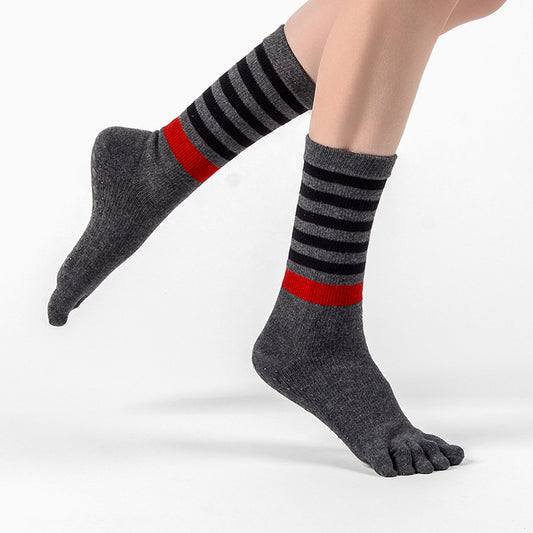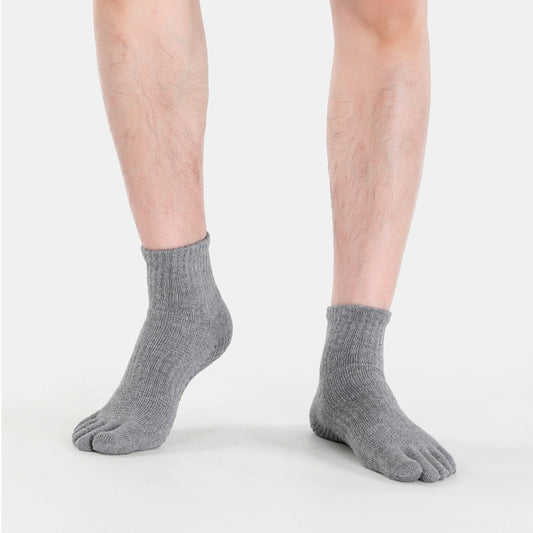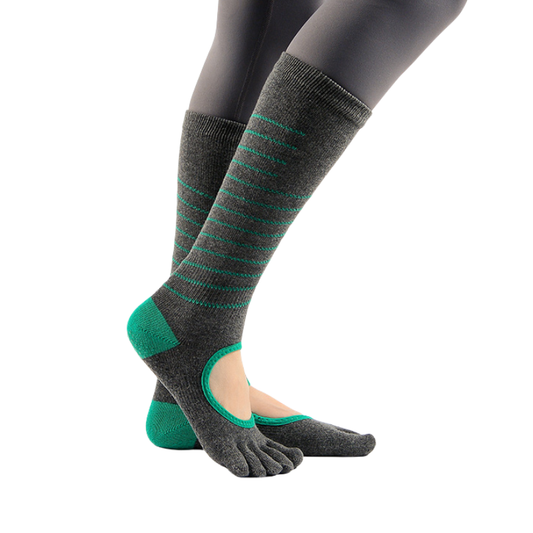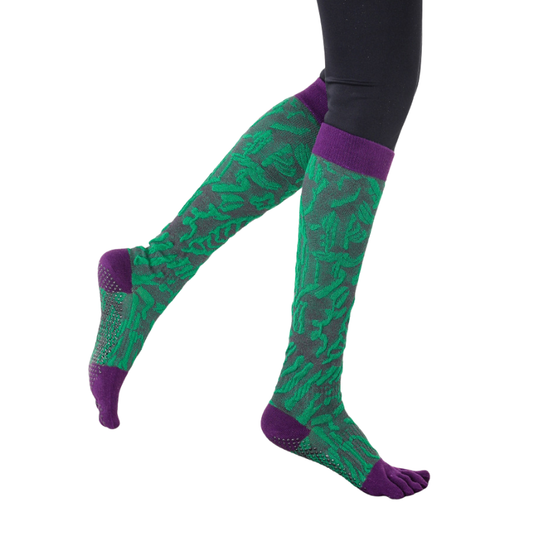When most people think of flat feet, they picture a minor foot condition that causes fatigue after a long day. But what many don’t realize is that flat feet—also known as fallen arches—can have far-reaching effects, including chronic knee pain and lower back discomfort.
If you’ve been treating your knee or back issues in isolation, it might be time to look down—your feet could be the root of the problem.
What Are Flat Feet?
Flat feet (pes planus) occur when the medial arch of the foot collapses or fails to develop properly. This causes the entire sole of the foot to come into contact with the ground when standing. According to the American Podiatric Medical Association, approximately 30% of adults have some degree of flat feet, though many remain undiagnosed1.
How Flat Feet Affect Body Alignment
Our feet form the foundation of the kinetic chain—a concept used by physical therapists to describe how movement in one joint affects others along the chain (e.g., knees, hips, spine).
In people with flat feet:
-
The foot tends to overpronate (roll inward),
-
The shin and knee rotate inward as a result,
-
This leads to misalignment of the knee joint,
-
The pelvis tilts to compensate, straining lumbar spine alignment.
Over time, these misalignments can lead to:
-
Inner knee pain
-
Iliotibial (IT) band syndrome
-
Anterior pelvic tilt
-
Lower back stiffness or chronic ache
“Flat feet can trigger poor posture and misalignment throughout the lower body, which often manifests as chronic joint pain.”
— Dr. Roderick Hunter, DPM, Podiatric Surgeon2
Flat Feet and Knee Pain: What's the Link?
When the arches collapse, the load-bearing structure of the lower leg changes. This leads to:
-
Medial knee stress, especially on the inner cartilage and MCL
-
Improper patella tracking (knee cap alignment)
-
Increased shear force on knee joints during squatting or climbing stairs
A 2020 study published in Gait & Posture confirmed that individuals with flat feet have increased knee adduction moments, which are linked to early knee osteoarthritis3.
Signs your flat feet are affecting your knees:
-
Discomfort inside the knee after walking
-
Pain climbing stairs or squatting
-
Worsening with prolonged standing
Flat Feet and Lower Back Pain
Your spine relies on a balanced pelvis and stable gait. When your arches fall:
-
The pelvis tilts forward (anterior pelvic tilt),
-
The lumbar spine compensates, increasing its curve (lordosis),
-
Muscles like the erector spinae and hip flexors become overstressed.
This often causes chronic low back pain, particularly after long periods of standing or walking. The National Institutes of Health (NIH) found a statistically significant correlation between flat foot posture and increased prevalence of lumbar spine pain4.
Clinical Example: From Feet to Back
A case study from Marvel Foot & Ankle Clinic detailed a 38-year-old runner experiencing persistent lower back and medial knee pain. Gait analysis revealed bilateral flat feet and excessive overpronation. After wearing custom orthotics and doing arch-strengthening exercises for 8 weeks, both back and knee pain decreased by over 60%5.
How to Diagnose the Root Cause
If you're dealing with chronic pain in the knees or back, a comprehensive evaluation should include:
-
Gait analysis
-
Arch height measurement
-
Weight-bearing X-rays (if structural issues are suspected)
Consult with:
-
Podiatrists for foot biomechanics
-
Physical therapists for kinetic chain assessments
-
Orthopedic specialists for joint issues
Effective Ways to Manage Flat Feet & Related Pain
🦶 1. Use Arch-Supportive Insoles
Orthotic insoles help correct overpronation and reduce abnormal stress on joints.
Zokfit’s™ Insoles are designed for flat-footed individuals needing structured support. Their dual-layer design lifts the arch and cushions pressure points—perfect for those experiencing knee or back pain linked to foot misalignment.
🏃 2. Do Foot Strengthening Exercises
Daily foot and hip exercises improve muscle control and reduce pronation:
-
Arch lifts (foot doming)
-
Heel raises
-
Clamshells for glute medius activation
👟 3. Wear Supportive Shoes
Look for:
-
Firm heel counters
-
Cushioned but stable midsoles
-
Low-drop shoes for neutral foot positioning
Avoid flip-flops, flat sandals, or worn-out sneakers.
🧘 4. Correct Posture and Hip Strength
Incorporate stretches for:
-
Hip flexors
-
Calf muscles
-
Lower back
And strengthen glutes, hamstrings, and core muscles to reduce pelvic tilt.
When to Seek Professional Help
See a specialist if:
-
Pain persists beyond 6–8 weeks of self-care
-
Your foot visibly collapses or ankle rolls inward while walking
-
You’ve had previous foot, knee, or back injuries
Early intervention can prevent long-term damage and joint degeneration.
Conclusion
Your feet don’t just carry you—they support your whole body. Take care of them, and the rest will follow.
References
-
American Podiatric Medical Association. Flat Feet. https://www.apma.org ↩
-
Roderick Hunter, DPM. Flat Feet and Body Pain. https://www.roderickhunterdpm.com ↩
-
Gait & Posture (2020). Knee loading differences in flat-footed individuals. ↩
-
Marvel Foot & Ankle Clinic. Clinical Case: Arch Collapse and Spinal Pain. https://www.marvelfootankle.com







